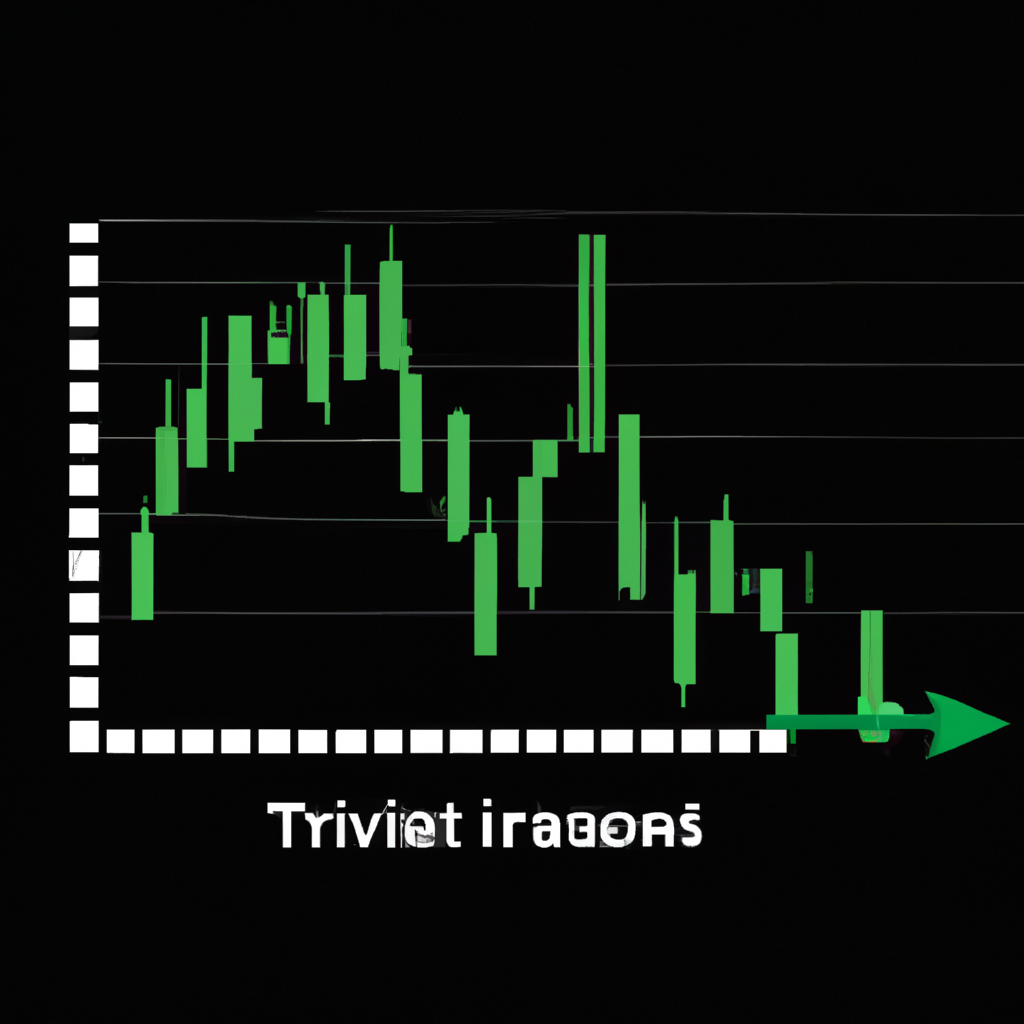Understanding RSI Divergence for Trade Entry
RSI divergence is a powerful tool that traders use to identify potential trade entry points. By analyzing the relationship between the price action of a security and the Relative Strength Index (RSI), traders can gain valuable insights into the strength of a trend and potential reversal points. In this article, we will explore how RSI divergence can be used to make informed trading decisions.
What is RSI Divergence?
RSI divergence occurs when the price action of a security moves in the opposite direction of the RSI indicator. This phenomenon suggests that the momentum of the price movement is weakening, and a potential reversal may be on the horizon. There are two types of RSI divergence: bullish divergence and bearish divergence.
Bullish Divergence
Bullish divergence occurs when the price of a security makes a lower low, but the RSI indicator forms a higher low. This divergence suggests that despite the downward price movement, the momentum is shifting in favor of the bulls. Traders may interpret this as a signal to enter a long position.
Bearish Divergence
Bearish divergence occurs when the price of a security makes a higher high, but the RSI indicator forms a lower high. This divergence indicates that despite the upward price movement, the momentum is weakening, and a potential reversal may be imminent. Traders may interpret this as a signal to enter a short position.
Using RSI Divergence for Trade Entry
When using RSI divergence for trade entry, it is important to wait for confirmation before entering a trade. Traders should look for other technical indicators or price action signals that support the RSI divergence signal. Additionally, traders should consider the overall market conditions and potential catalysts that could impact the security being traded.
Steps to Trade Entry Using RSI Divergence
- Identify RSI divergence on the chart
- Wait for confirmation from other technical indicators or price action signals
- Determine entry and exit points based on risk management principles
- Monitor the trade and adjust stop-loss and take-profit levels as needed
By following these steps and incorporating RSI divergence into your trading strategy, you can improve your chances of making profitable trades. Remember to always practice proper risk management and never risk more than you can afford to lose.
Conclusion
RSI divergence is a valuable tool that traders can use to identify potential trade entry points. By understanding the different types of RSI divergence and how to use them effectively, traders can make informed decisions and improve their trading results. Remember to always conduct thorough analysis and practice proper risk management when using RSI divergence in your trading strategy.


